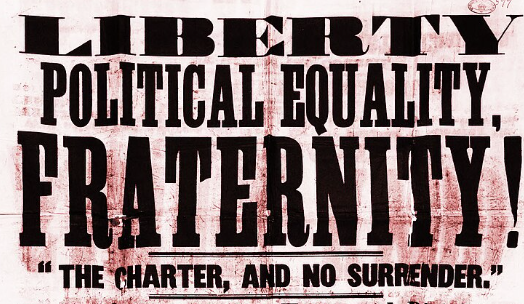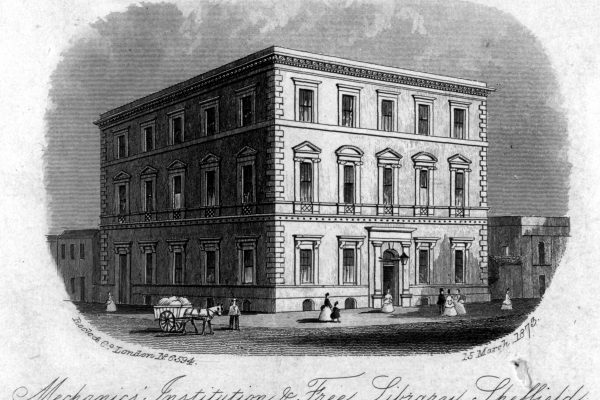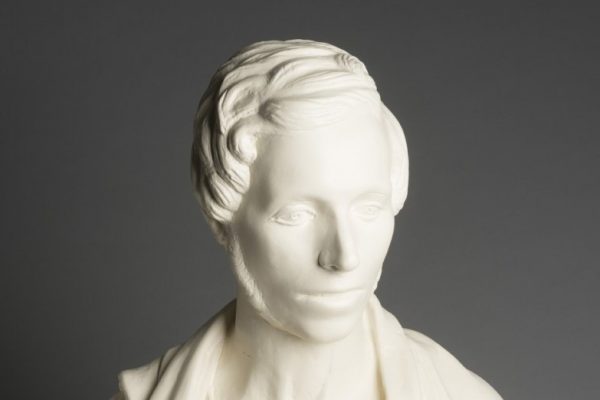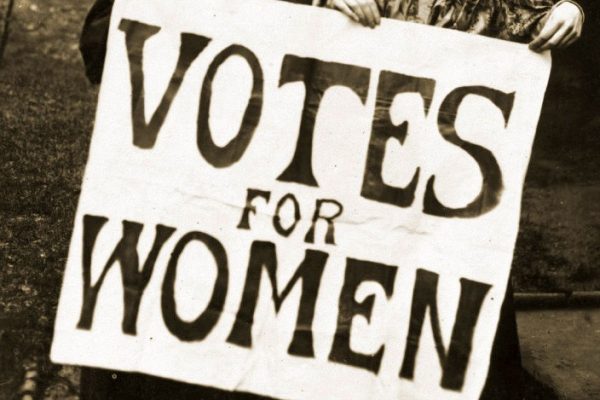
Extract from a poster for a Chartist demonstration in Birmingham 1848. Source: Wikipedia.
The Chartist movement was the first mass movement driven by the working classes and grew after the passing of the 1832 Reform Act which failed to extend the vote beyond those owning property. The movement took its name from the People’s Charter of 1838 which called for six reforms to make the political system more democratic.
*All men to have the vote (universal manhood suffrage)
*Voting should take place by secret ballot
*Parliamentary elections every year, not once every five years
*Constituencies should be of equal size
*Members of Parliament should be paid
*The property qualification for becoming a Member of Parliament should be abolished
The scale of support and the accompanying mass meetings were used to put pressure on politicians to concede universal male suffrage. Nationally Chartism relied on constitutional methods to secure its aims but some Chartists, notably some in Sheffield, became involved in insurrectionary activities. Chartists who supported peaceful approaches were known as Moral Force Chartists and those in favour of direct action as Physical Force Chartists.






